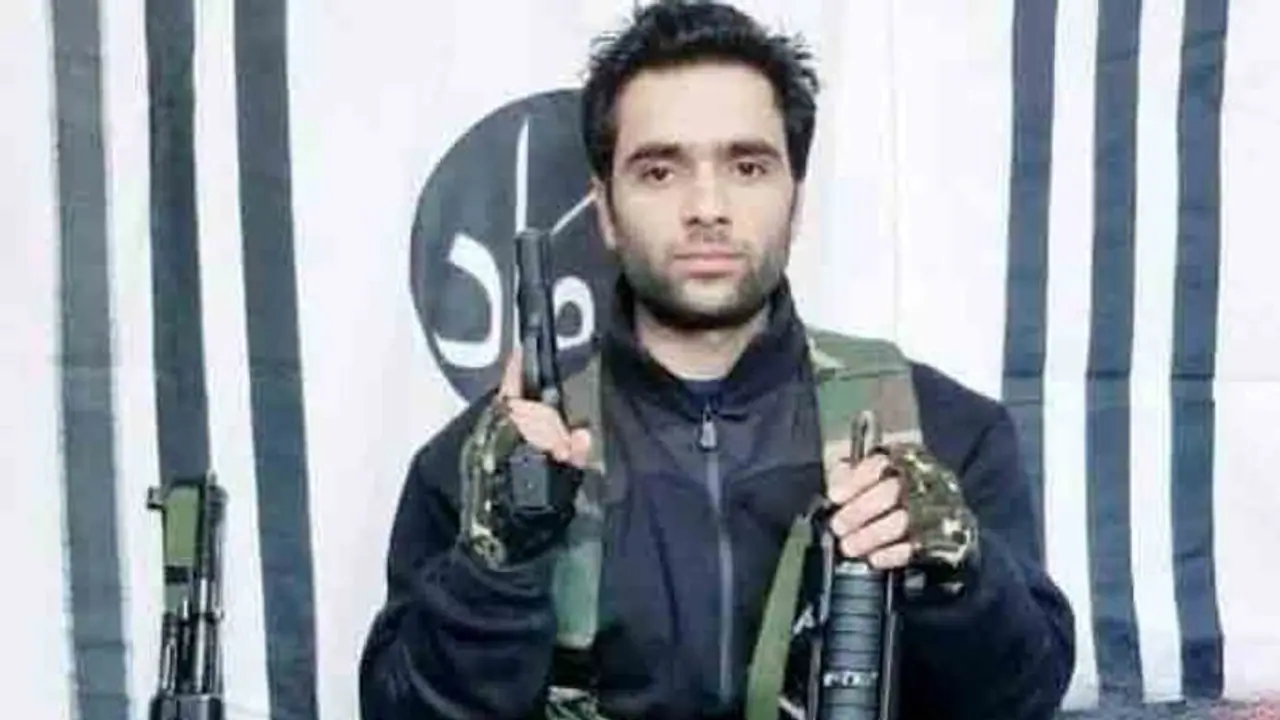Earlier, to target CRPF convoys, only naxals used to plant IED in the Maoist-infested districts. In Pulwama, terrorist organisation Jaish-e-Mohammed targeted the CRPF convoy by using more than 100 kg of IED while also letting a Jaish-e-Mohammed militant get killed in the process like the fidayeen would.
New Delhi: After the IED attack in Pulwama that killed more than 40 CRPF jawans, security forces in Jammu and Kashmir have decided to adopt a ‘red zone’-like strategy. The red zone refers to the districts in central India that are the worst affected by Maoist violence. Sources in the forces say that now terrorist organisations have started adopting the naxal strategy mixed with fidayeen attack, saving the jihadis them from direct involvement in exchange of fire.
“Earlier, to target CRPF convoys, only naxals used to plant IEDs in the red zone. On this occasion, terrorist organisation Jaish-e-Mohammed targeted our convoy by using more than 100 kg of IED. They also mixed the naxal strategy with fidayeen attacks, making these terrorists more dangerous,” a top CRPF officer told MyNation.
Also read— India wants revenge for Pulwama CRPF massacre; here are 10 options
In the worst attack on the CRPF that took place in 2010 where 75 jawans were killed by Maoists, IED was used. The blast had taken place in the Sukrana forest of Chhattisgarh when a CRPF convoy was going through a road stuffed with IED. Pulwama attack is the second-deadliest attack on the force.
According to experts, until 2002, terrorist organisations used to carry out attacks by using IED but there were only one or two attacks in Jammu and Kashmir using IED.
This attack has revealed the strategy of terrorist organisations by avoiding direct confrontation with security forces. Naxals in the red zone, largely covered by forests, use the same strategy.
Also read— 5,000 social media accounts celebrating Pulwama massacre under scanner
In places like Bijapur, Sukma, Dantewada, etc, naxals use IED attached with a long wire to trigger the attack. By using local villagers, naxals plan attack. One Maoist from a distance of 100-200 m presses a button linked to the IED planted on the road that the security forces use to travel from one place to another.
This helps naxals avoid any direct confrontation with the armed forces, which could be deadlier for the jawans as the chances of fatalities in the security personnel rise.
“In Jammu and Kashmir, the use of IED was very rare. Terrorist organisations used to attack camps with grenades and firing to target the security forces,” the official added.
